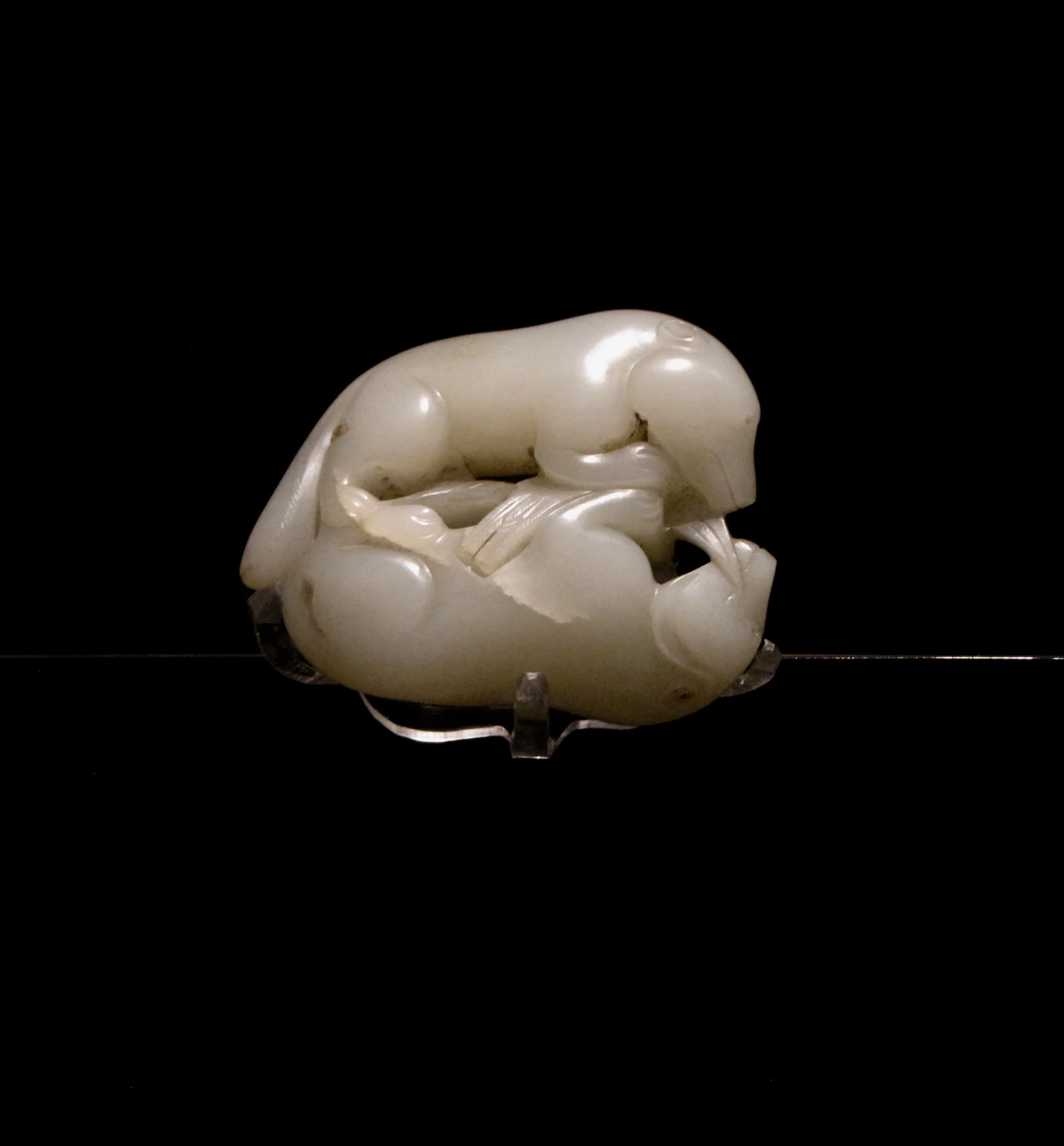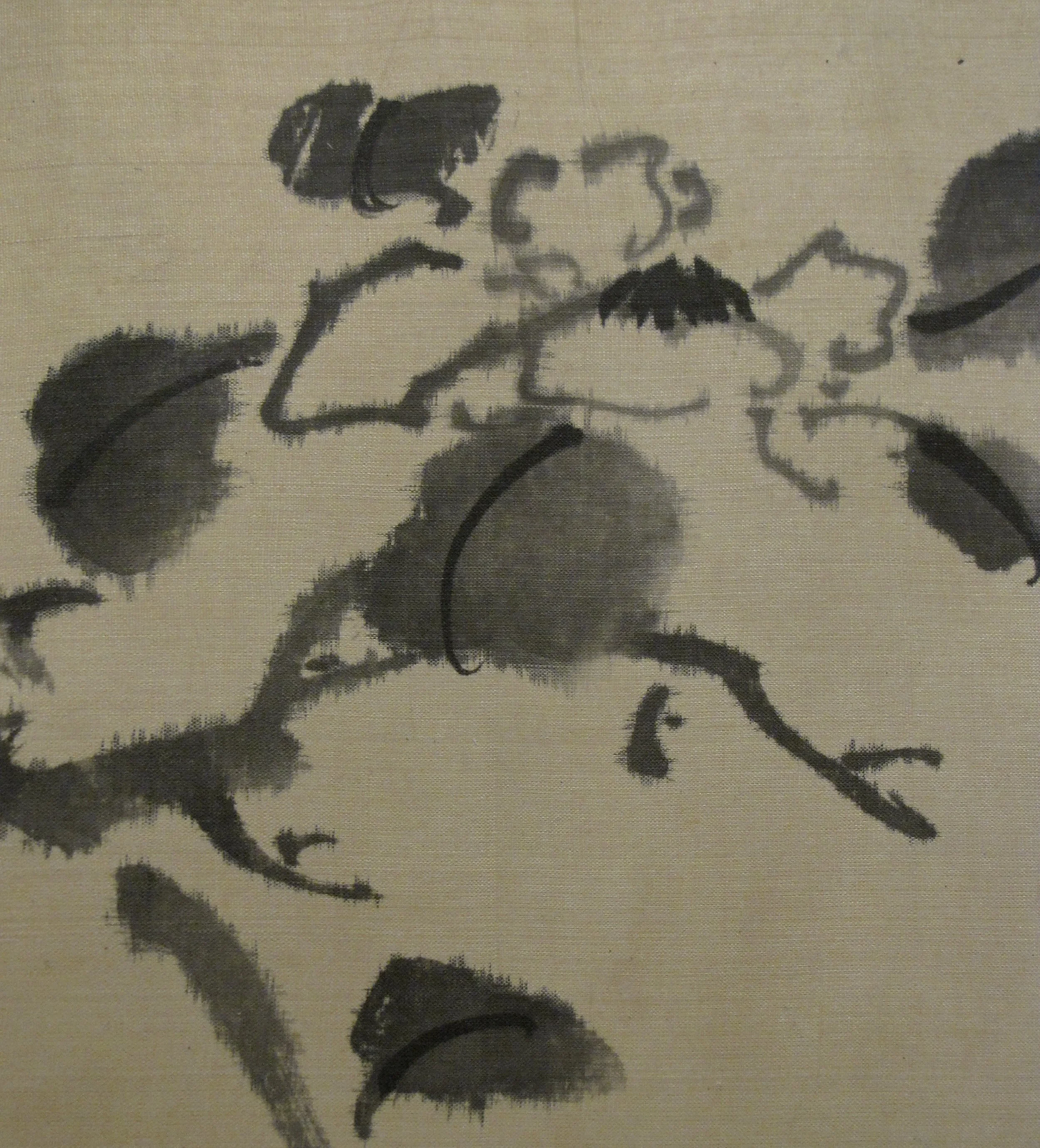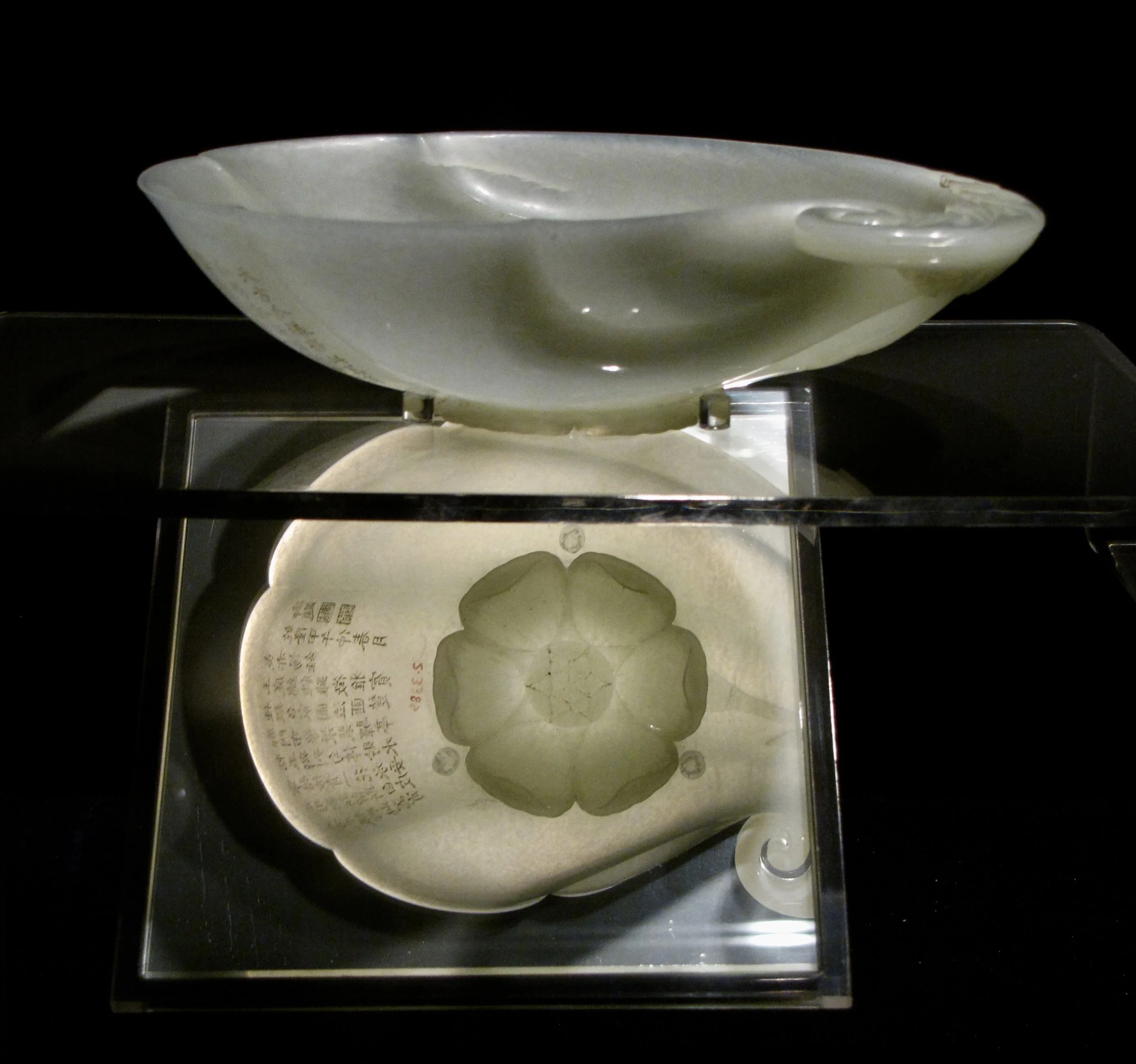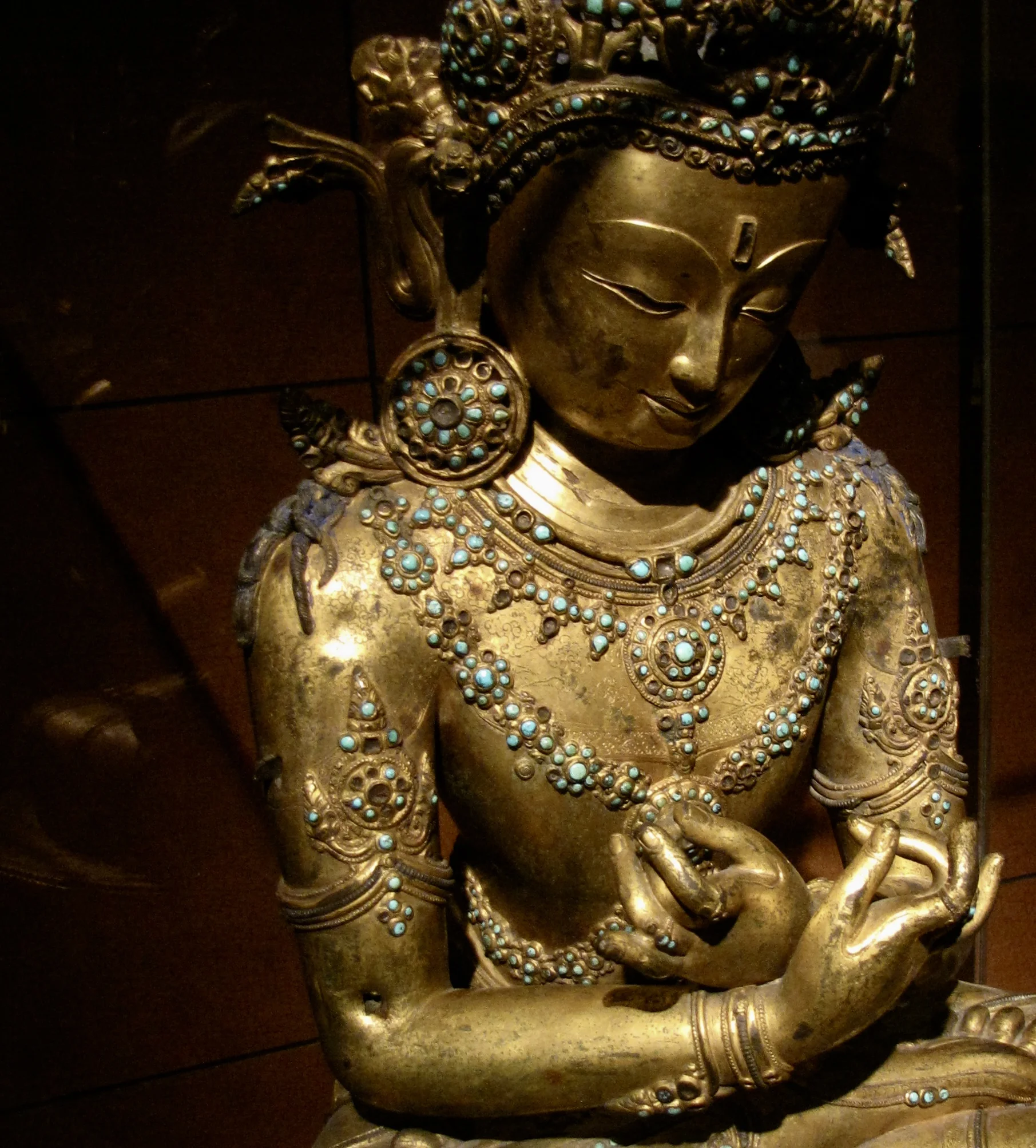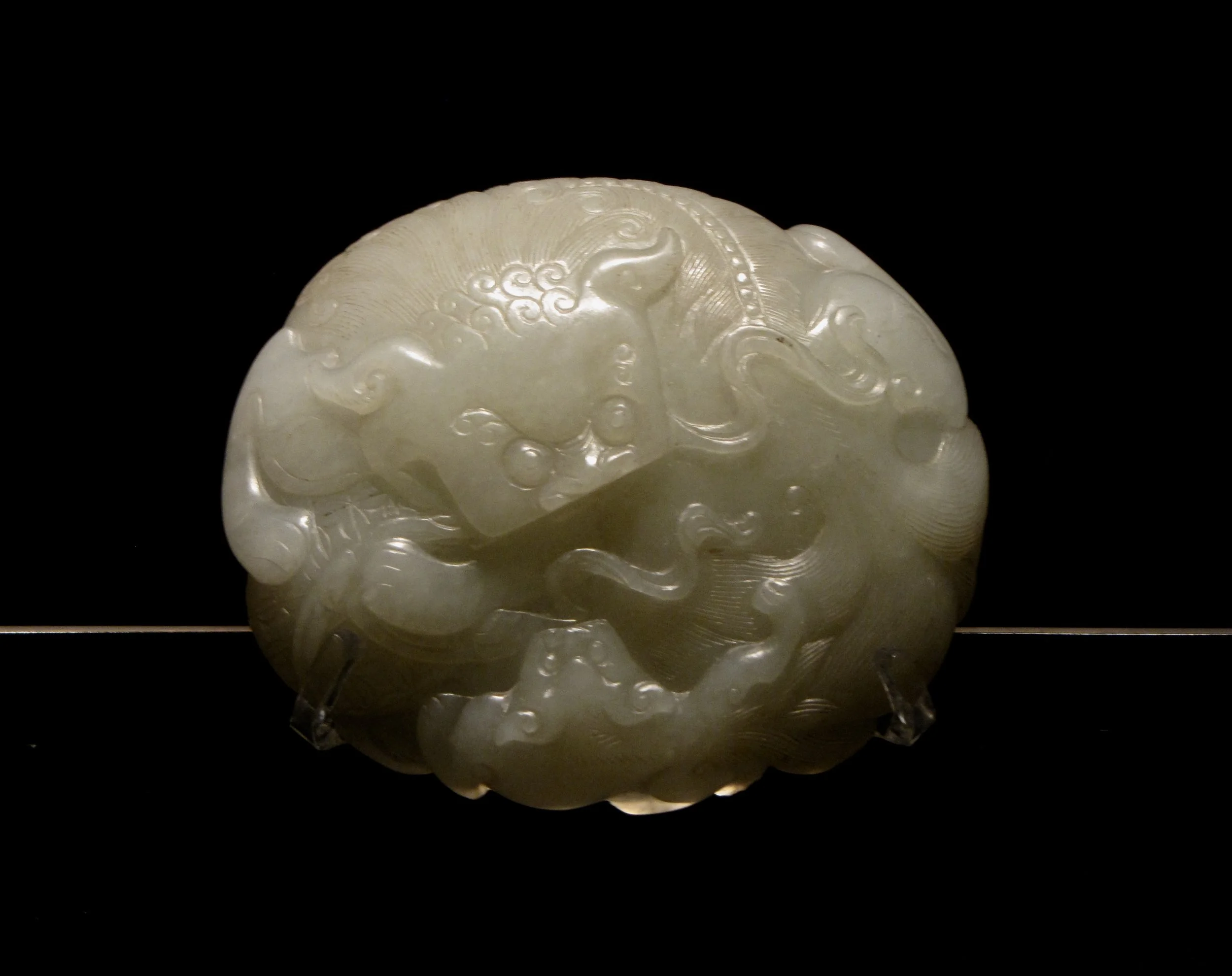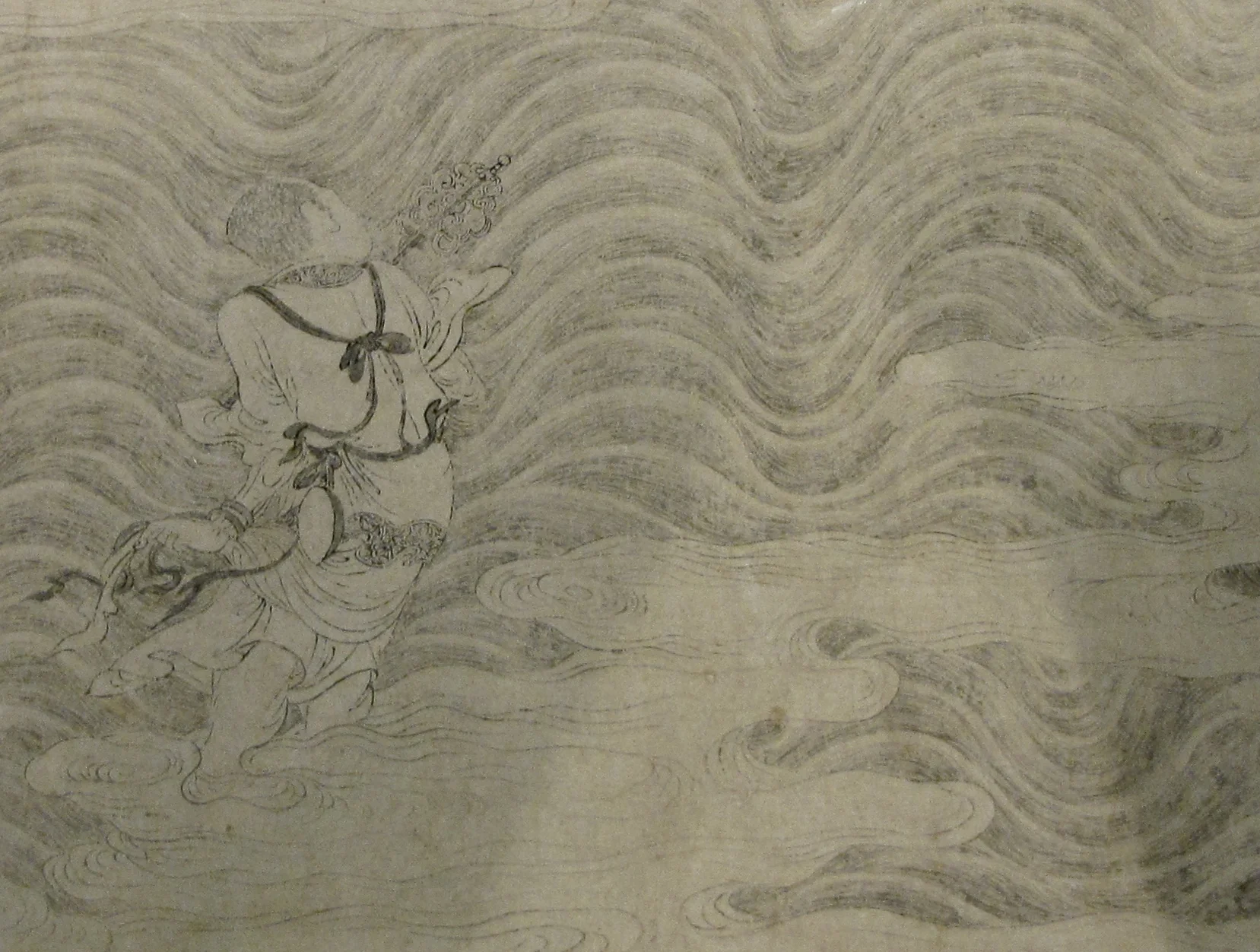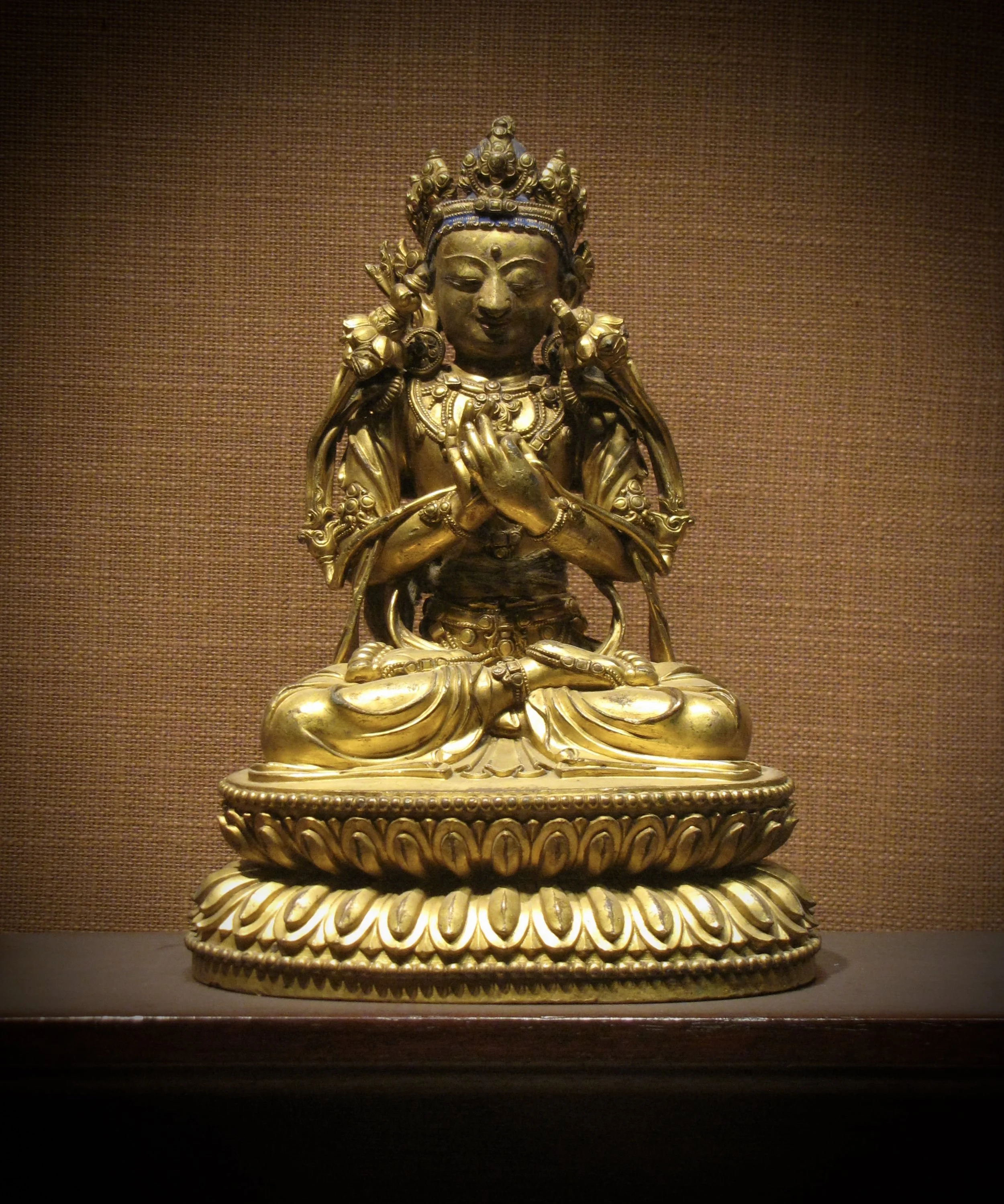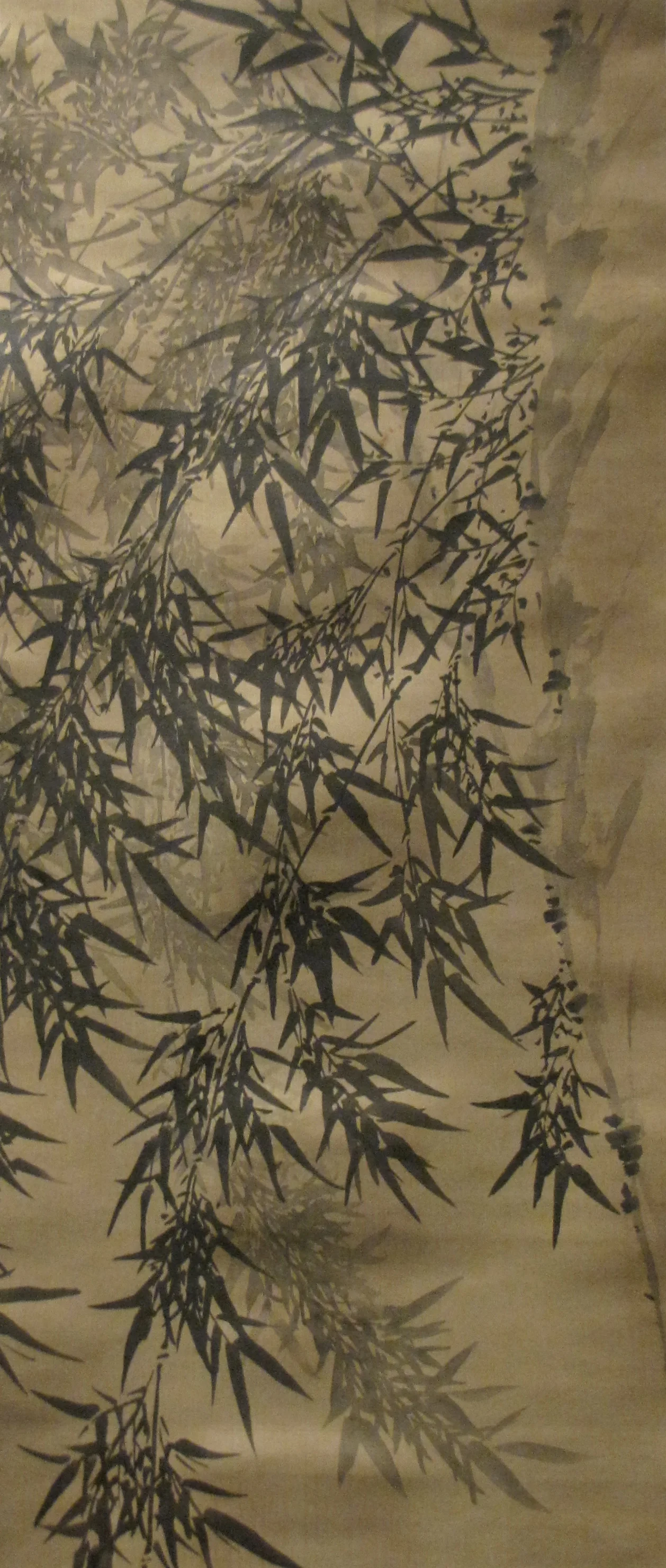I love museums. I love them so much, I once planned to spend my life in them. And, for several years, I essentially did.
I also love photographing those things I want to remember later and better focus on in the moment, so spending hours taking pictures of objects in museums is pretty much a staple of every trip I take. Fortunately for me, I married someone who likes to do the same.
Of course, a museum’s job is to balance the contrasting tasks of preserving its collection and making the objects of that collection available for public view. This dual desire to display and safeguard typically results in the use of low light, protective glass, and the creation of physical distance between the object and viewer. For those of us taking pictures, this all-too-often translates into awkward angles, reflections, glare, and blurriness.
Those objects that beat the odds and photograph well are the ones I feature on my website and remember best as time passes. Those that don’t are the ones I rarely share and frequently forget about, no matter how much they may have impressed me in person.
Going through my photos from Beijing’s Capital Museum again reminded me how many items really deserve a second look. To better appreciate the original objects, I set about salvaging some of the not-so-great images by reframing and refocusing on their more redeemable features. Those revised pictures are the ones featured in this post.
It’s been fun to rediscover these objects for myself, to have them surface like both an old memory and something completely new. And the exercise has also been a good reminder of the potential usefulness of revisiting former experiences with a new perspective and willingness to dig a little for some of those experiences’ best, if forgotten, parts.

